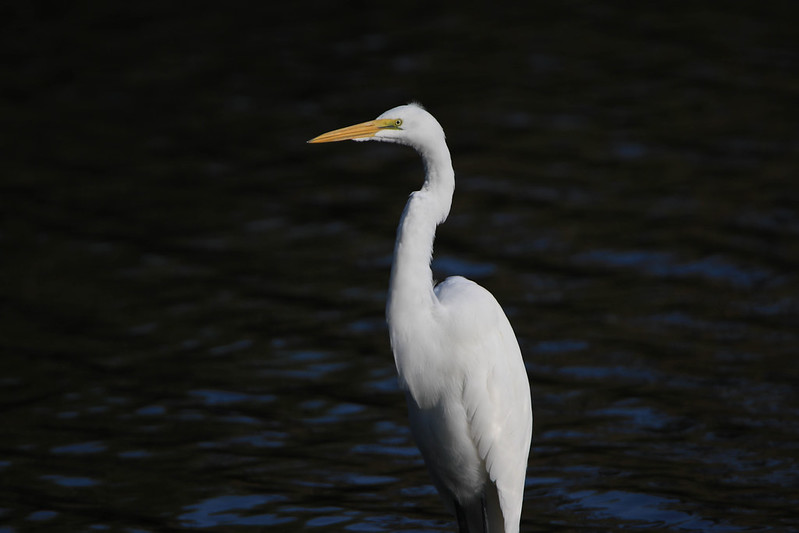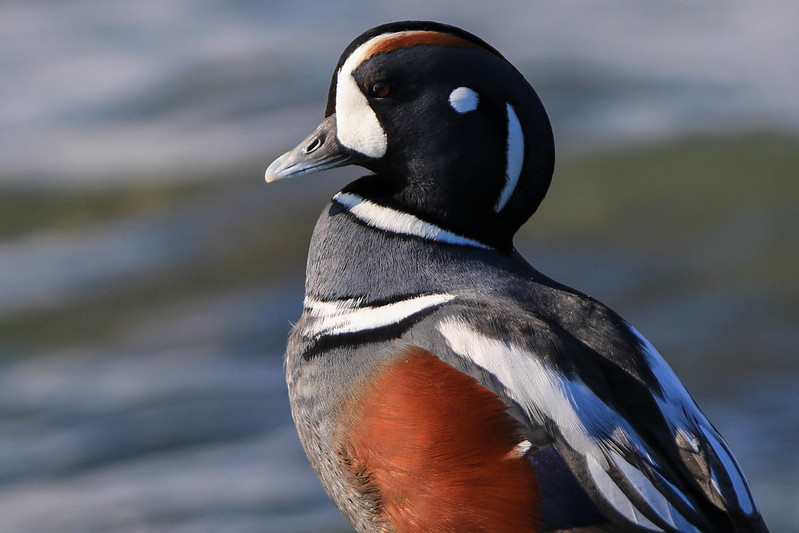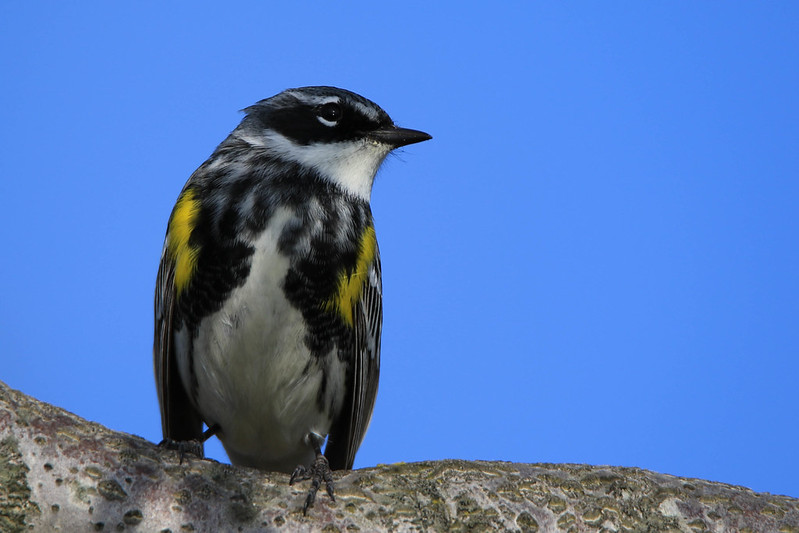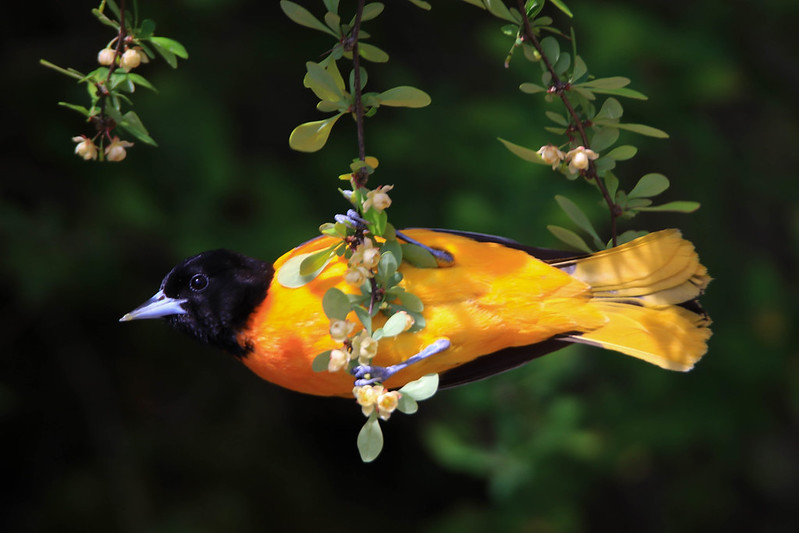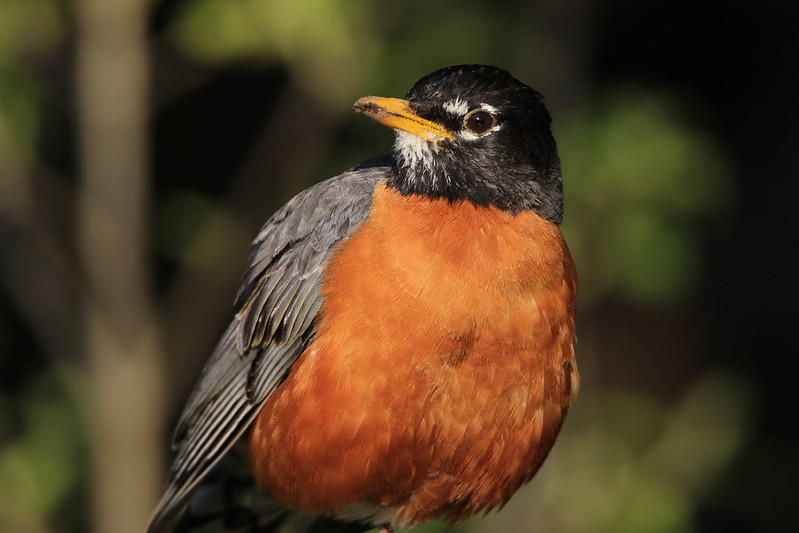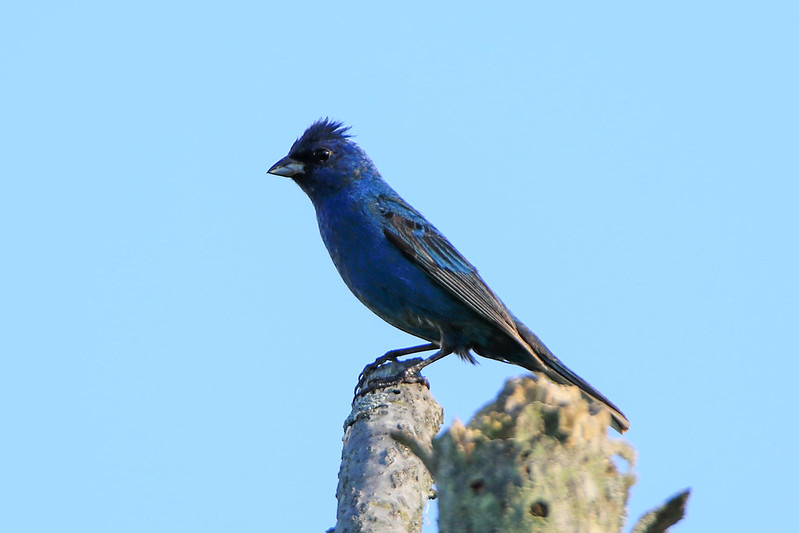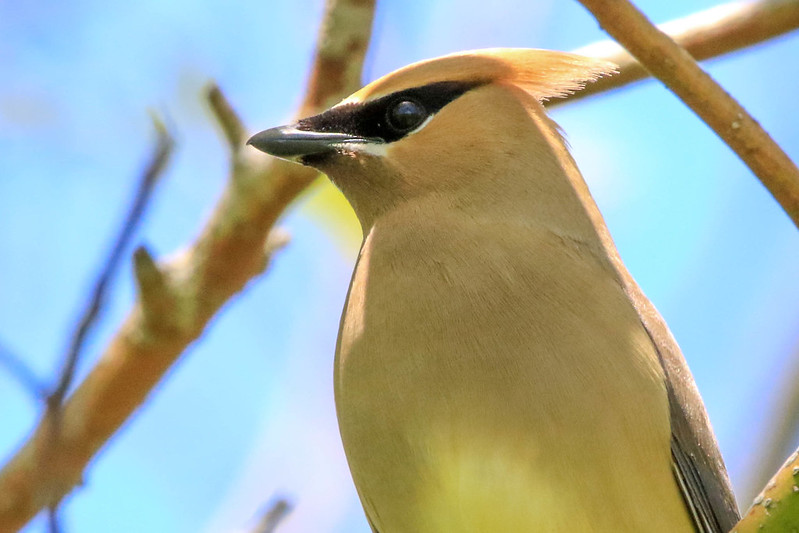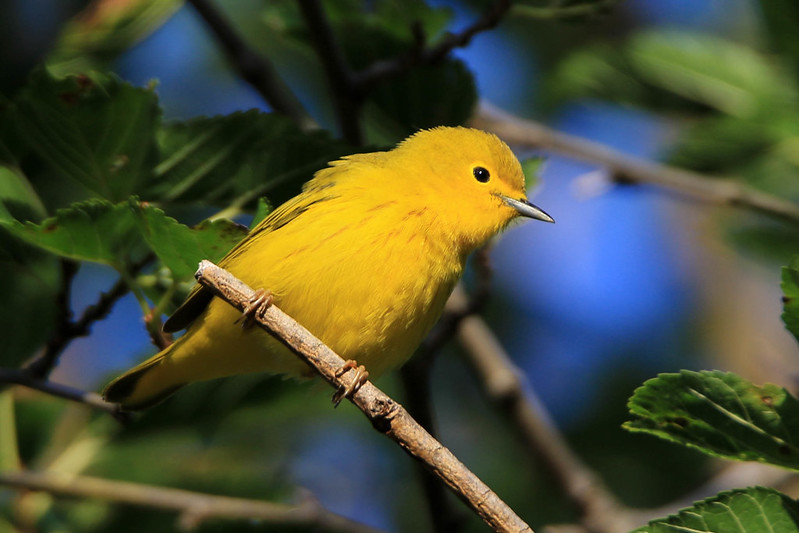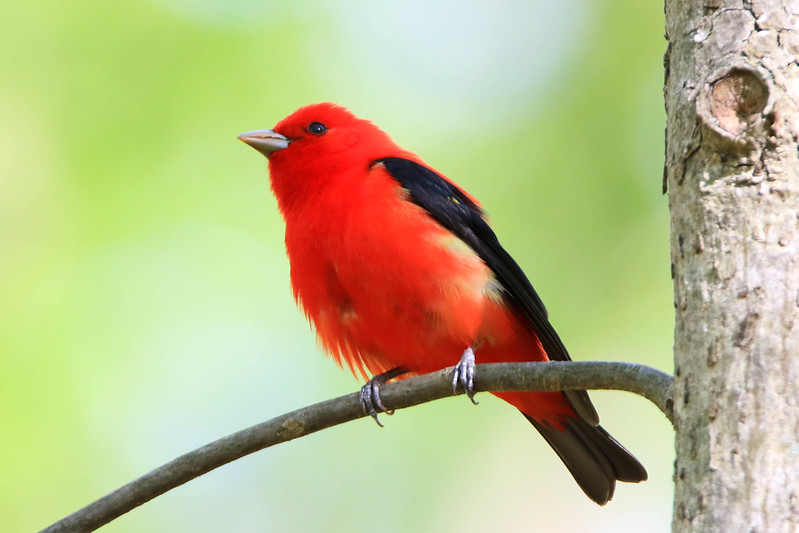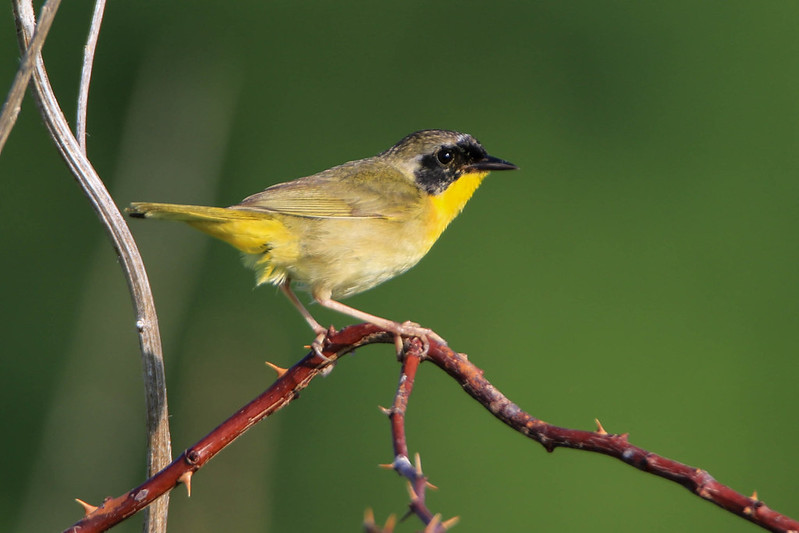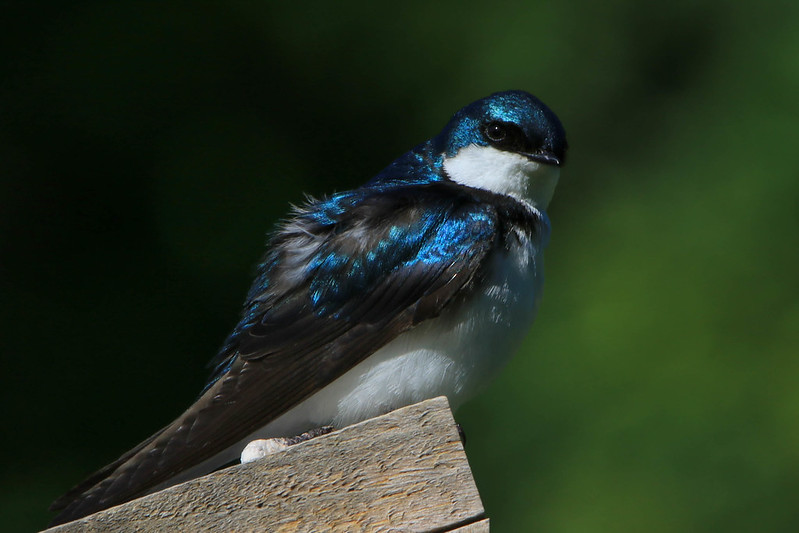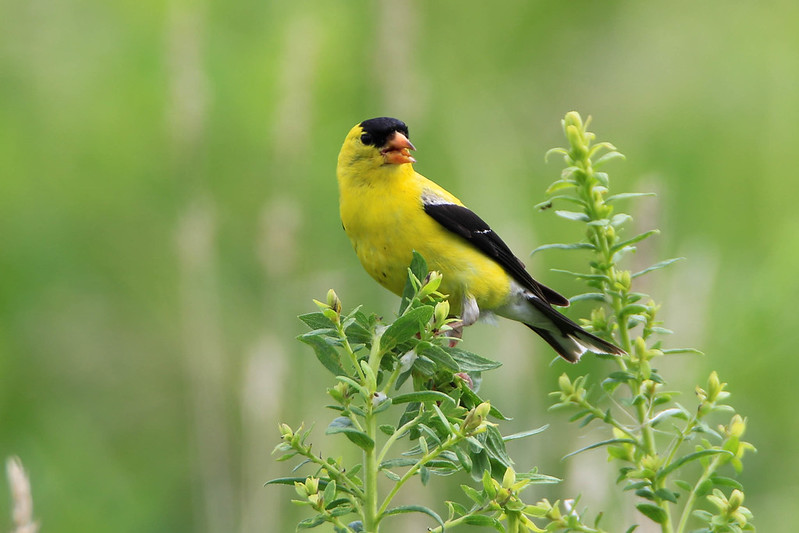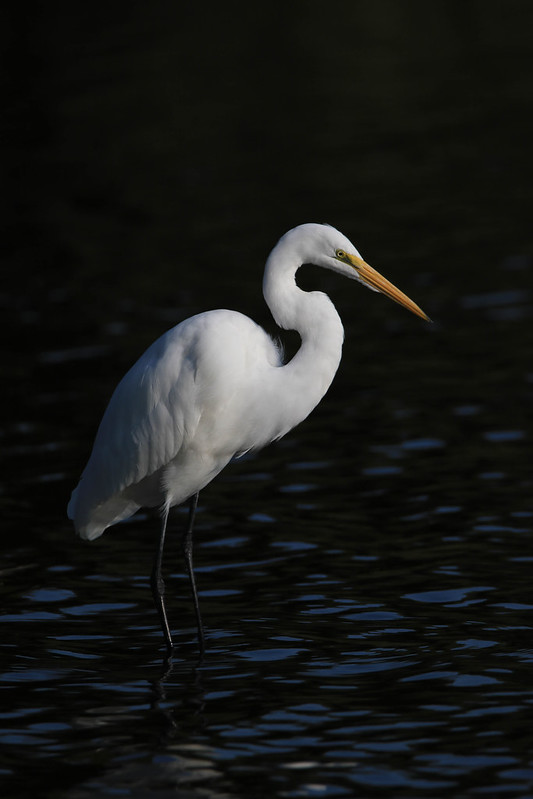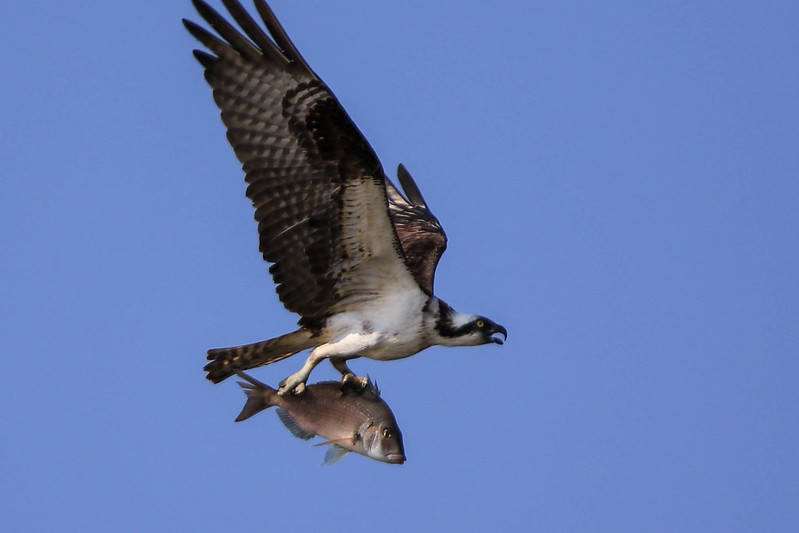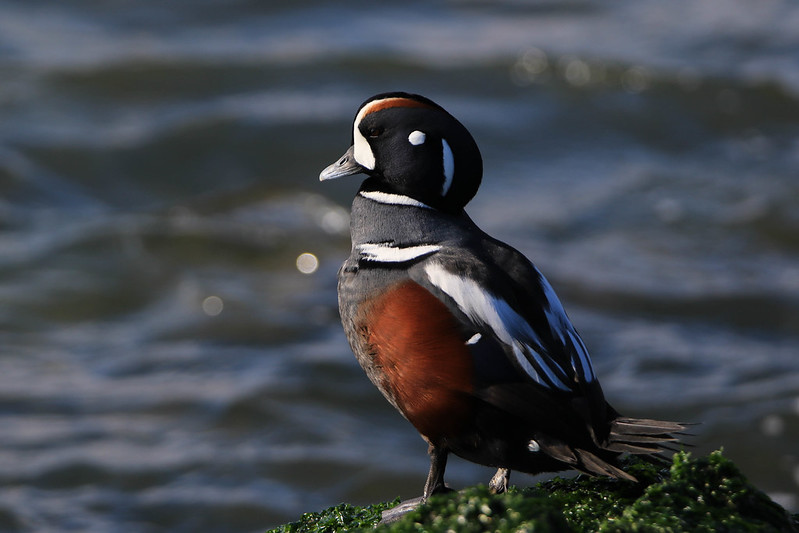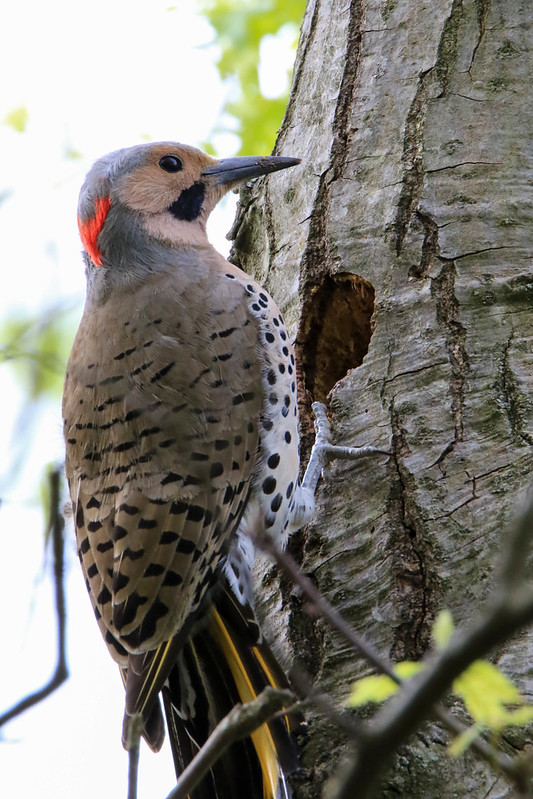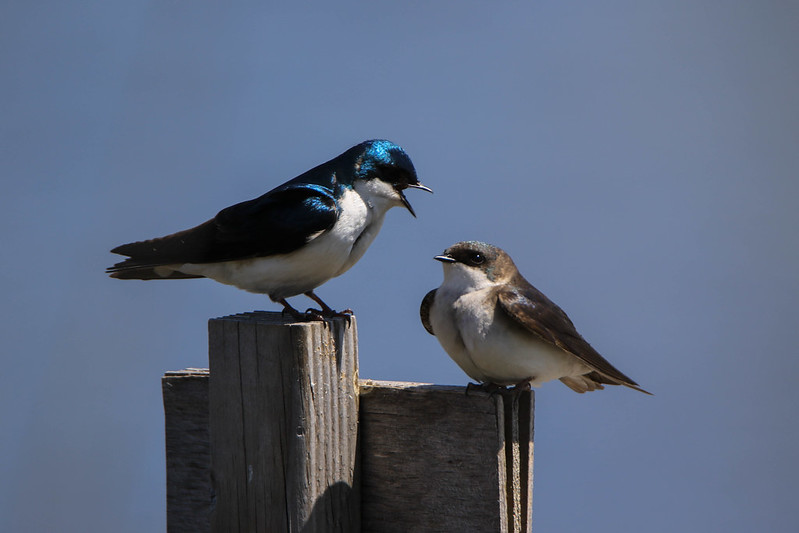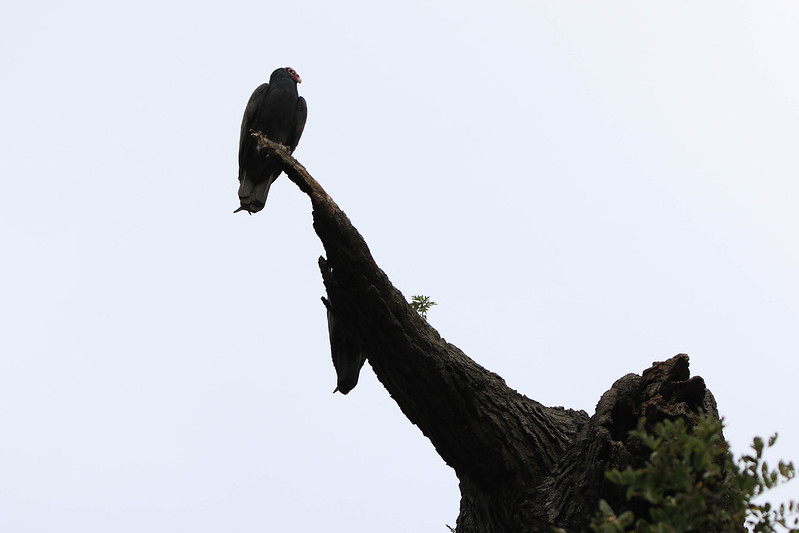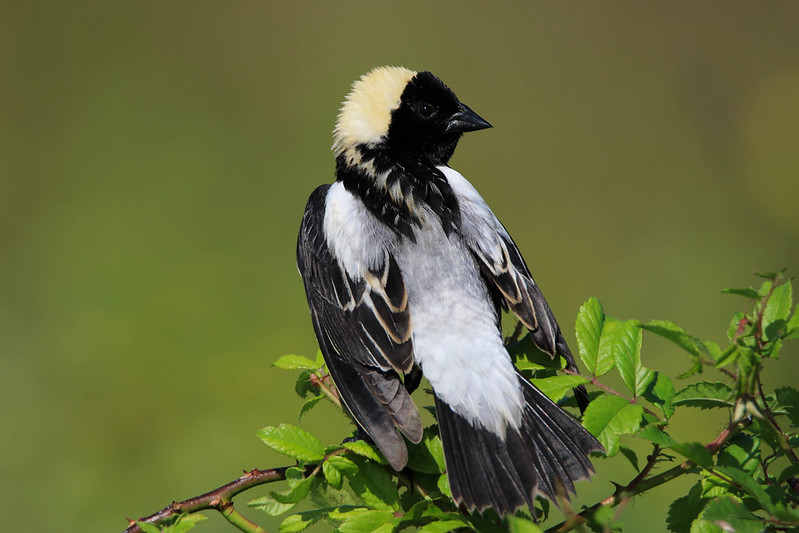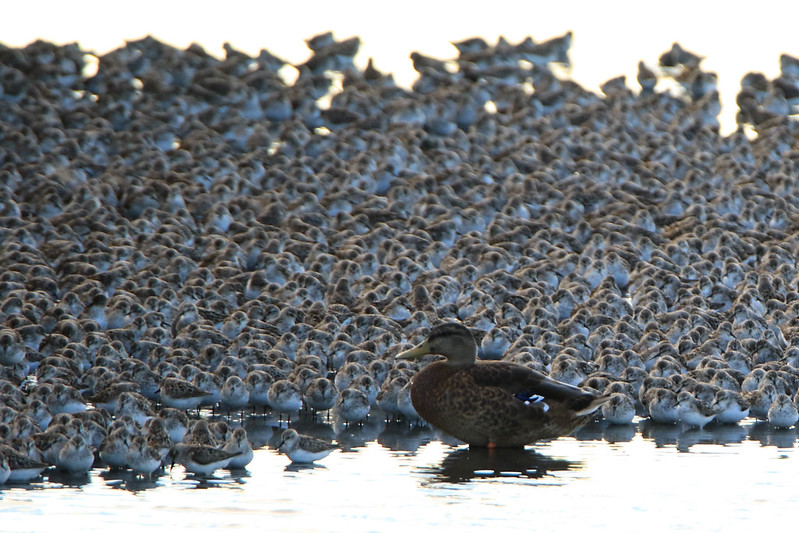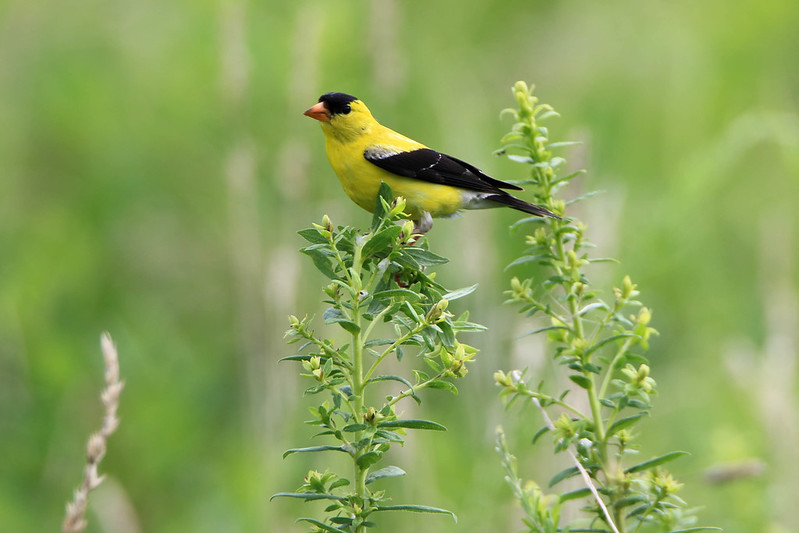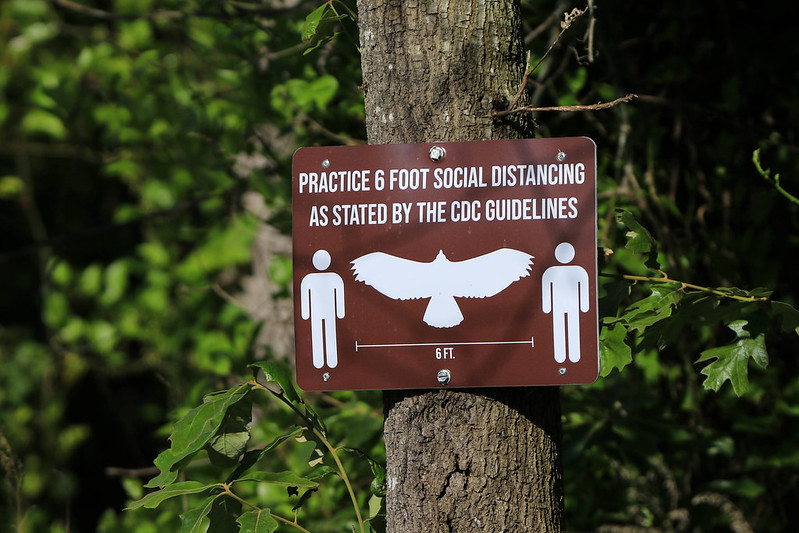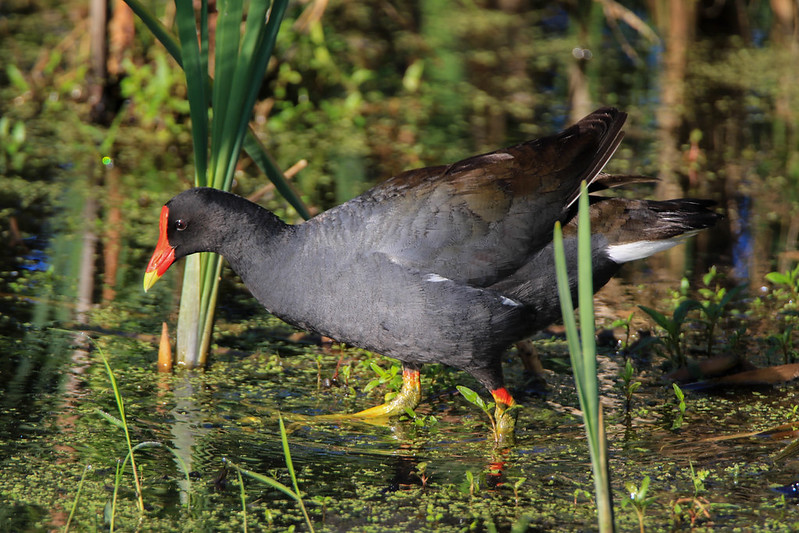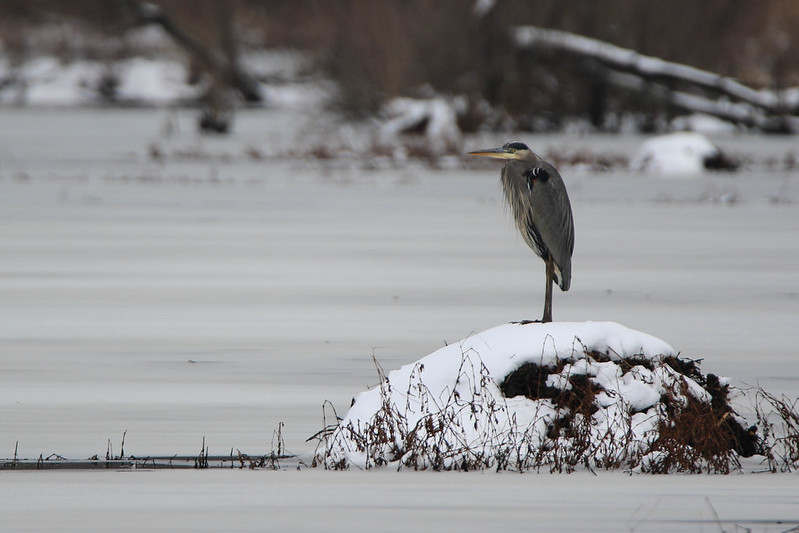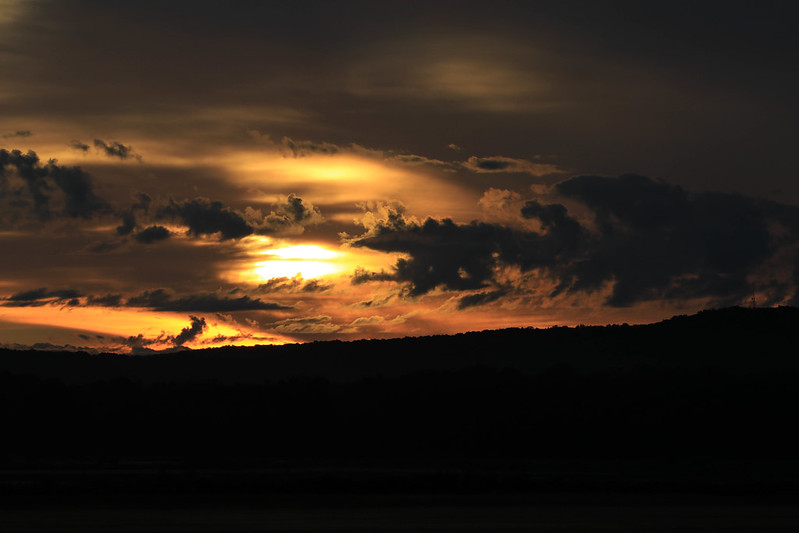Herons and Egrets are some of the most graceful birds. There are at least 3 species that can be seen very easily in the tri-state area, practically in every marsh, especially in September and October as they are staging for their migration south.
Let's start with one that's less commonly seen this far north - the Little Blue Heron:


This chunky one is a Black-crowned Night Heron. As the name suggests, it is mainly active at night, hides during the day in secluded roosting spots. That makes it rarely seen, although they are quite common.
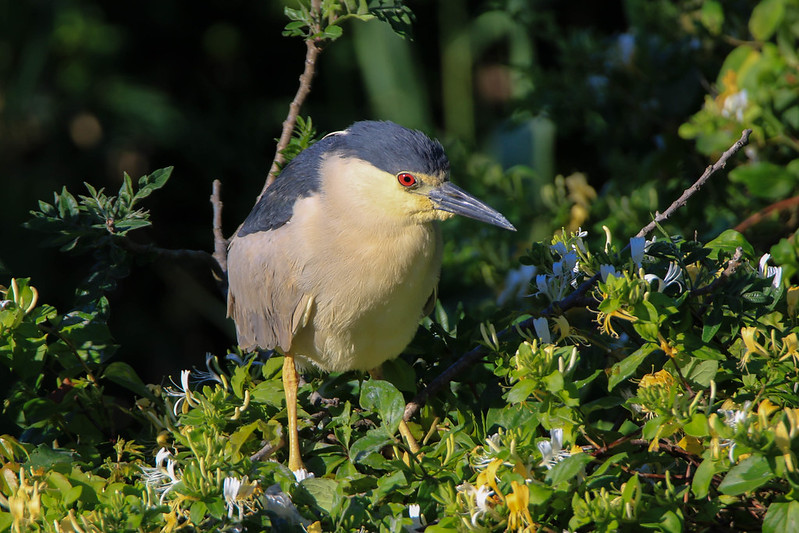
Another night bird - the Yellow-crowned Night Heron:
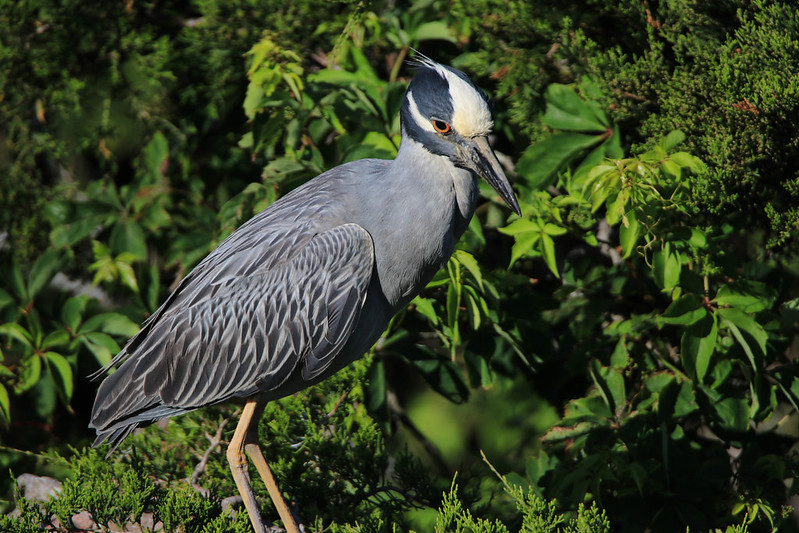
I observed this one in Ocean City, NJ, where there is a large rookery right next to their visitor center. I went in early June, when the birds were still sitting on their eggs:
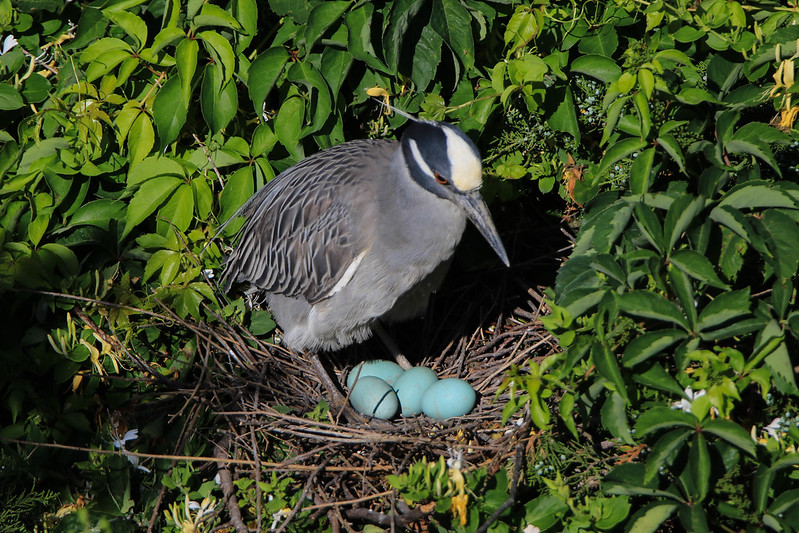
But some have already hatched. These are night-heron chicks - I think Black-crowned, although I am not totally sure.
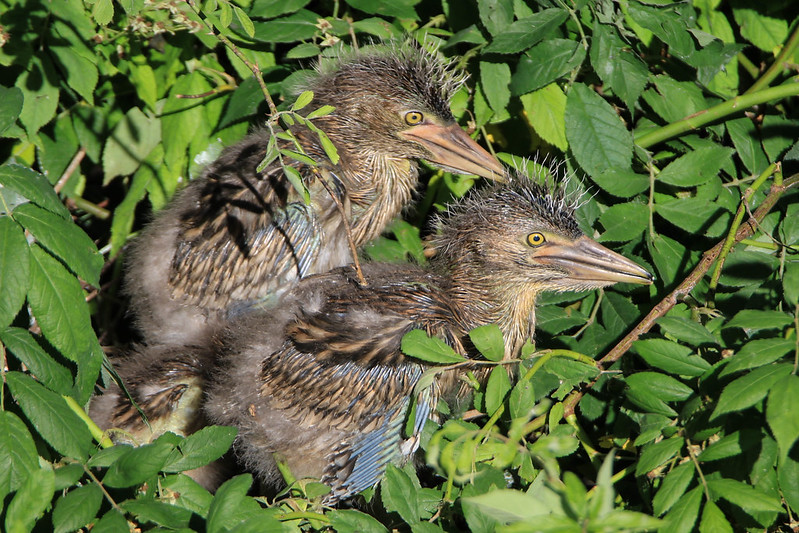
Check out that screaming mouth - it looks like it can unhinge its jaw!
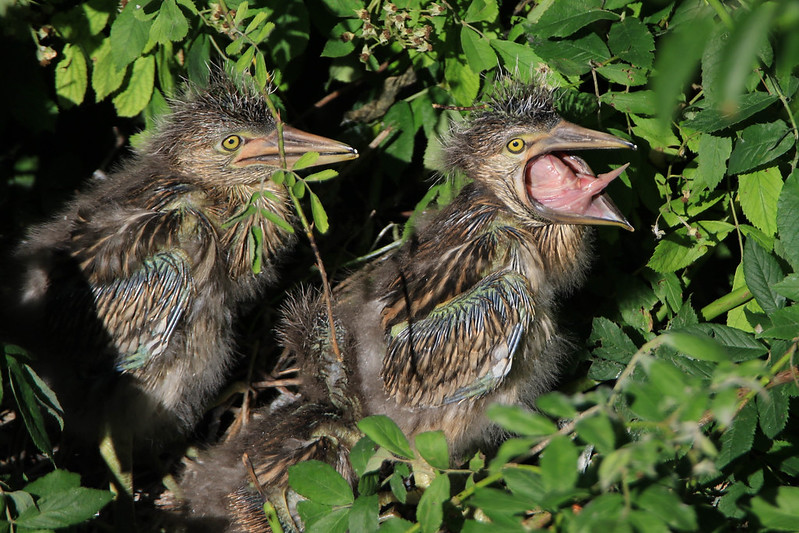
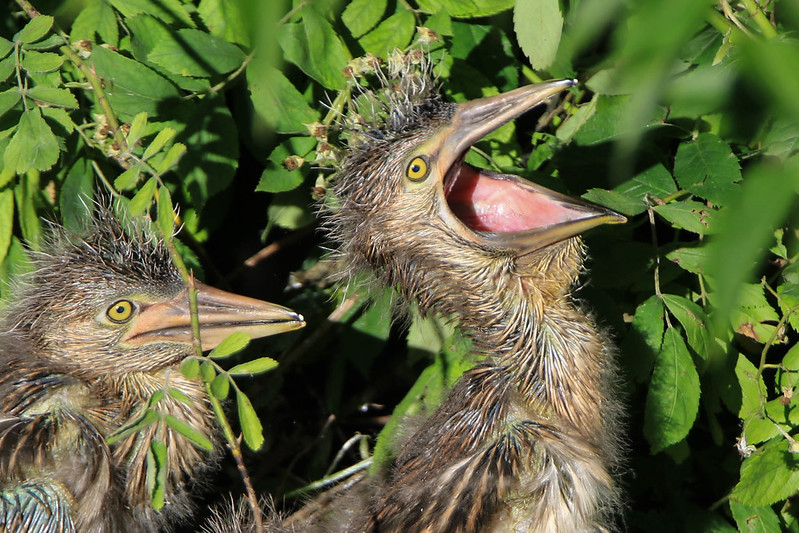
This little guy is actually an ibis chick - Glossy Ibis, to be exact:
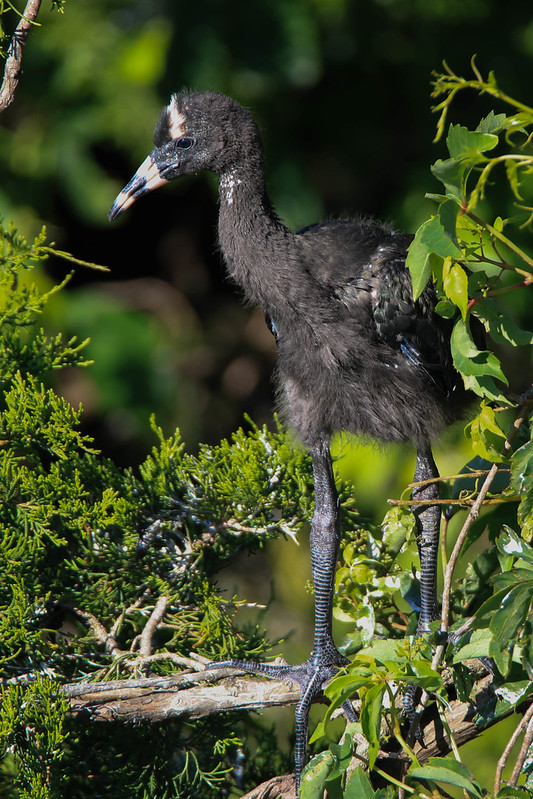
One of the commonly seen egrets around - Snowy Egret.
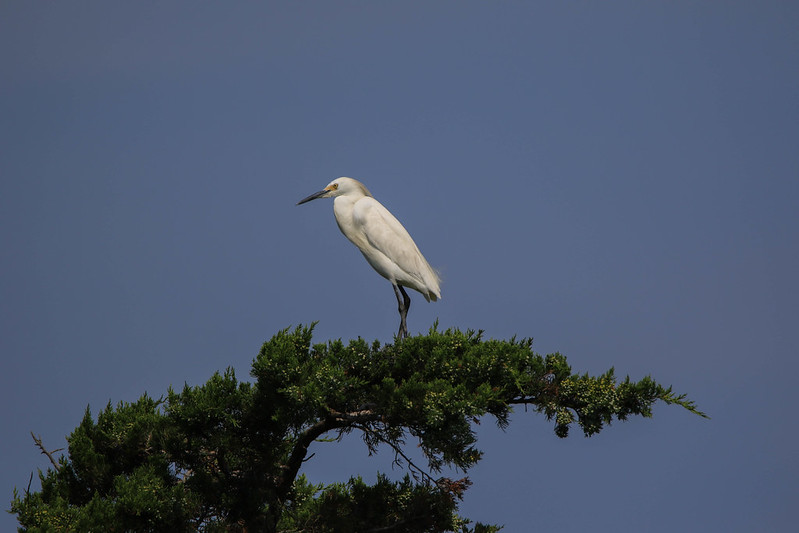
And this is the other one - the Great Egret.

This is a Green Heron. They are active during the day, but not commonly seen. They like to skulk at the edges of ponds and marshes.
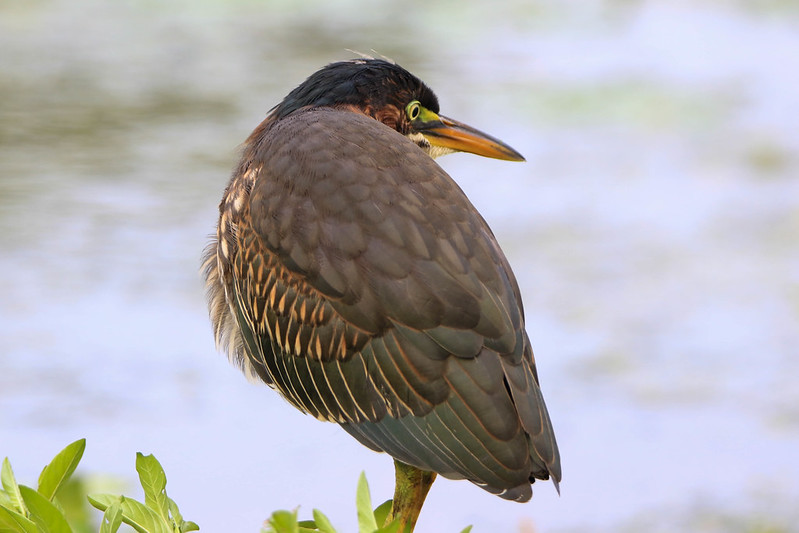
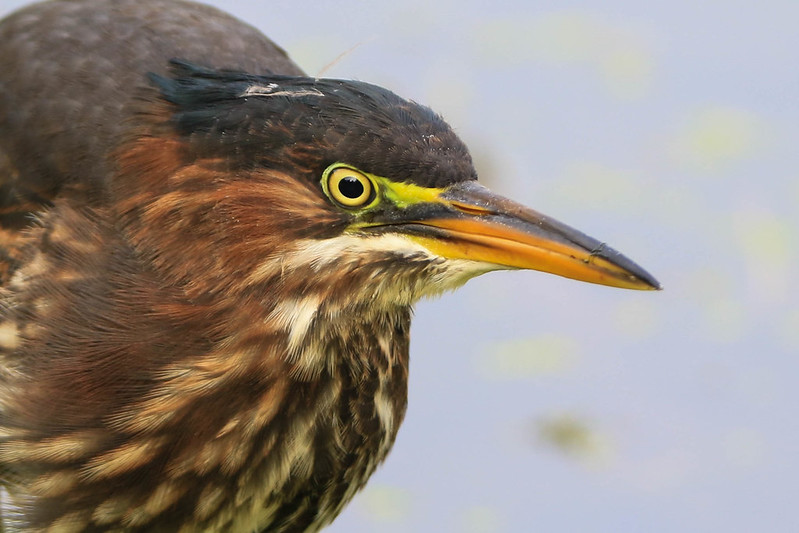
Another look at Yellow-crowned Night Heron:
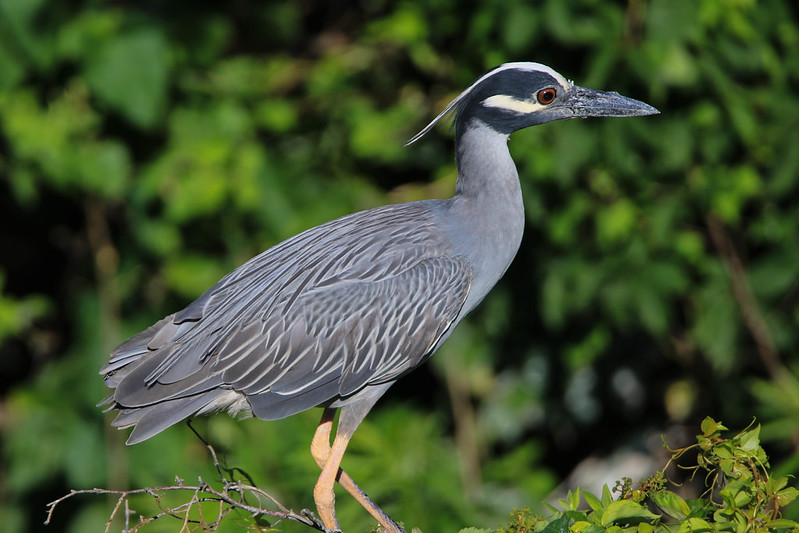
And some parting shots of Great Egrets:

